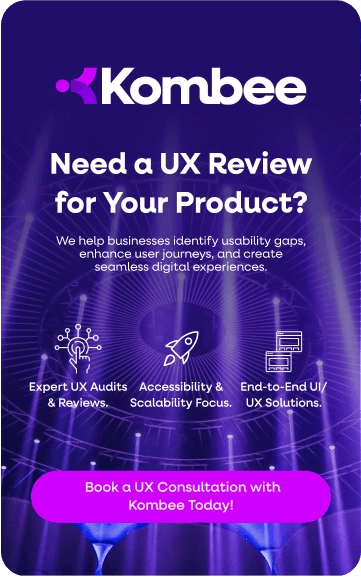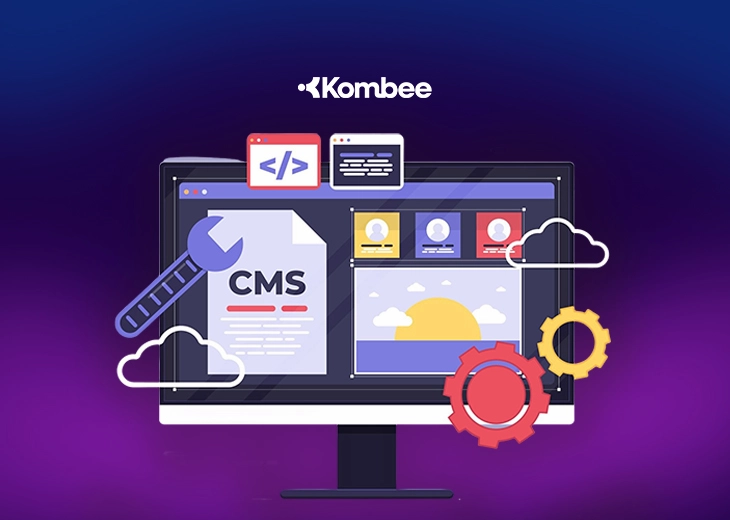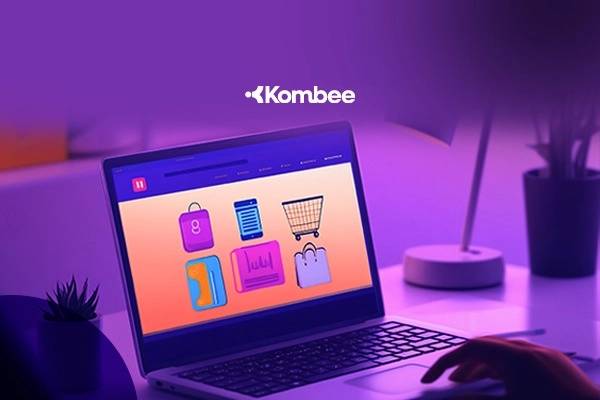Introduction
Are you tired of managing content across different platforms? Inconsistent communication, duplicated effort, and workflows that don't make sense waste your team's resources and creativity. Traditional content management systems usually create inconsistency that make the problems worse.
A headless CMS is a powerful solution that decouples content management from presentation. Using APIs for seamless delivery simplifies workflows, enhances collaboration, and ensures consistent messaging, ultimately alleviating your content management exhaustion and driving digital success.
The growing popularity of headless CMS benefits reflects its transformative potential. The global headless CMS market is projected to soar to $3.03 billion by 2030—an impressive compound annual growth rate (CAGR) of 15.00%. These numbers show how businesses worldwide embrace this modern solution to tackle content management challenges effectively.
Continue reading to discover why content management across platforms becomes exhausting and how headless CMS can make things easier.
Why Content Management Becomes Exhaustive?
Content management across platforms can be overwhelming with old systems. Here are a few reasons:
- Inconsistent user experiences: Every platform displays the content differently. This creates disjointed customer experiences.
- Inefficient workflows: Teams waste hours duplicating updates for every channel, bringing burnout and lower productivity.
- Technical Limitations: Traditional CMSs lock you into specific technologies, making it challenging to adapt to new trends.
- Higher Maintenance Costs: Multiple systems mean ongoing updates, support, and security patches, all increasing costs.
These pain points emphasise the urgent need for a more flexible and efficient solution—one that a headless CMS can provide.
How Can a Headless CMS Simplify Your Content Management?
It provides a solution for content management by decoupling the back end from the front end delivery in a headless CMS. This way, organisations can manage content centrally while distributing it efficiently across numerous channels through APIs. Here is a detailed understanding of how your content management strategy could be changed with a headless CMS
Through Centralised Content Management
All the content sits in one single place, but there are several obvious benefits:
- Single source of truth: Content management can all be created and managed in one place through this, thus making content consistent and on point for all users across all platforms. For example, if a product description is updated, it reflects instantly across all digital channels without being tweaked by hand on each platform.
- Efficient Updates: The headless CMS updates automatically everywhere the content is published. This ability does not require manual updates on multiple platforms, saving time and reducing errors. For instance, if a marketing campaign requires a new landing page, the team can create it once and deploy it across all relevant channels without additional effort.
Through Omnichannel Delivery For Improved User Engagement
A headless CMS allows the organisation to publish content seamlessly through multiple channels.
- API-Driven Distribution: Access content through APIs and push the content to a website, mobile app, social media, and IoT devices. This flexibility ensures that businesses reach audiences wherever they engage with their brand, either on a website, mobile app, or digital signage.
- Improved User Experience: A consistent experience across all touchpoints will ensure that users enjoy the experience with the business. A unified message of the brand will help instil trust and loyalty in customers. For example, a customer who sees the same promotional message on their smartphone app as on the website will be more likely to engage positively with the brand.
Ensures Flexibility and Scalability That's Essential for Growth
Headless CMS solutions offer unparalleled flexibility:
- Adaptable to New Technologies: An organisation can easily adjust new tools and frameworks without being bound by a monolithic system. This is significant in the competitive fight in a dramatically changing digital environment. For instance, when new devices come out, such as smart speakers or augmented reality interfaces, businesses can quickly adapt to delivering content without changing their whole system.
- Scalability: As businesses expand, they can scale their content operations without worrying about backend limitations affecting the frontend performance. A headless CMS supports rapid expansion into new markets or channels by allowing developers to build frontend solutions tailored to each new platform without modifying the backend code.
Through Improved Collaboration Between Teams
A headless CMS fosters better collaboration between content creators and developers:
- Independent workflows: This means that content teams can focus on creating and managing content without the need to approach developers for any change. In this way, the publishing process is accelerated by allowing for a quicker response to market demands. For instance, marketing teams may launch campaigns earlier because they don't have to wait for changes to be implemented by developers.
- Custom Frontend Development: Developers can develop custom frontends using newer frameworks such as React or Vue.js rather than being tied down by the CMS's presentation layer. Separation of these two encourages creativity and innovation in design, where teams can design a unique user experience related to brand identity.
Through Improved Security Required for Digital Assets
Any organisation dealing with digital content faces the issue of security:
- Reduced Attack Surface: The separation of the backend and frontend reduces vulnerability because there is no direct connectivity between them. Hackers cannot bring down the entire site even if they can access the content database. It is an added layer of security against potential attacks through this architecture.
- API Security: Most headless CMS solutions have robust API security measures, ensuring only authorised users can access or modify content. This layered security approach protects sensitive information from potential breaches. For example, read-only access can be granted to specific APIs, limiting what external applications can do with your data.
Final Thoughts
Headless CMS manages content by ensuring that everything is in one place, and with a few clicks, you can share it across platforms. This is flexible, secure, and team-friendly, saving your business time while ensuring consistent experiences.
So, if you’re tired of the hassle of updating content on multiple websites, apps, and channels at Kombee through our headless CMS services, we ensure you won’t. We handle it by streamlining the process at the backend only in one place and letting you focus on growing your business.
Adopting headless CMS is very important because, with a more complex digital landscape, you must break through traditional limitations. With Kombee's expertise, it optimises content strategy, scaling faster and delivering seamless experiences everywhere.
Frequently Asked Question
1. How can a headless CMS simplify content management across multiple platforms?
A headless CMS centralizes content in one location while delivering it via APIs to websites, apps, and other channels. This ensures consistent messaging, reduces duplication, and streamlines workflows.
2. What are the benefits of using a headless CMS for team collaboration?
A headless CMS enables independent workflows, real-time updates, and custom front-end development. Content teams can focus on creation while developers manage the presentation, improving efficiency and creativity.
3. How does a headless CMS improve security for digital content?
By separating the backend from the frontend and implementing robust API security, a headless CMS reduces attack surfaces and ensures that only authorized users can access or modify sensitive content.







